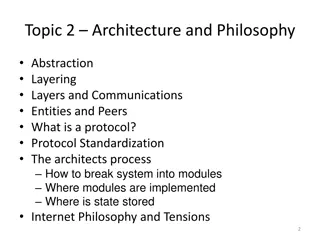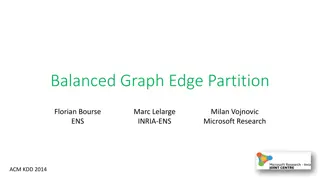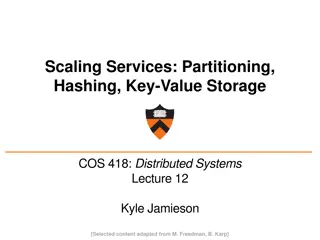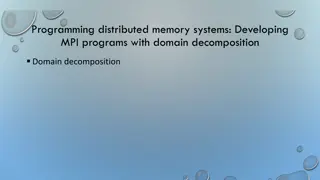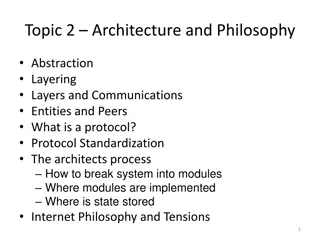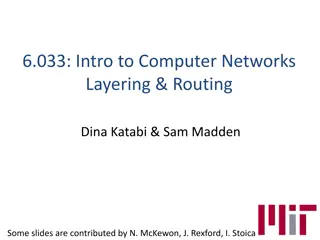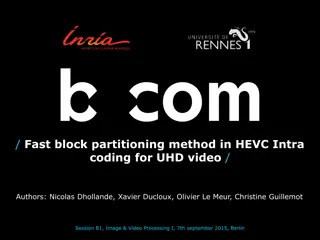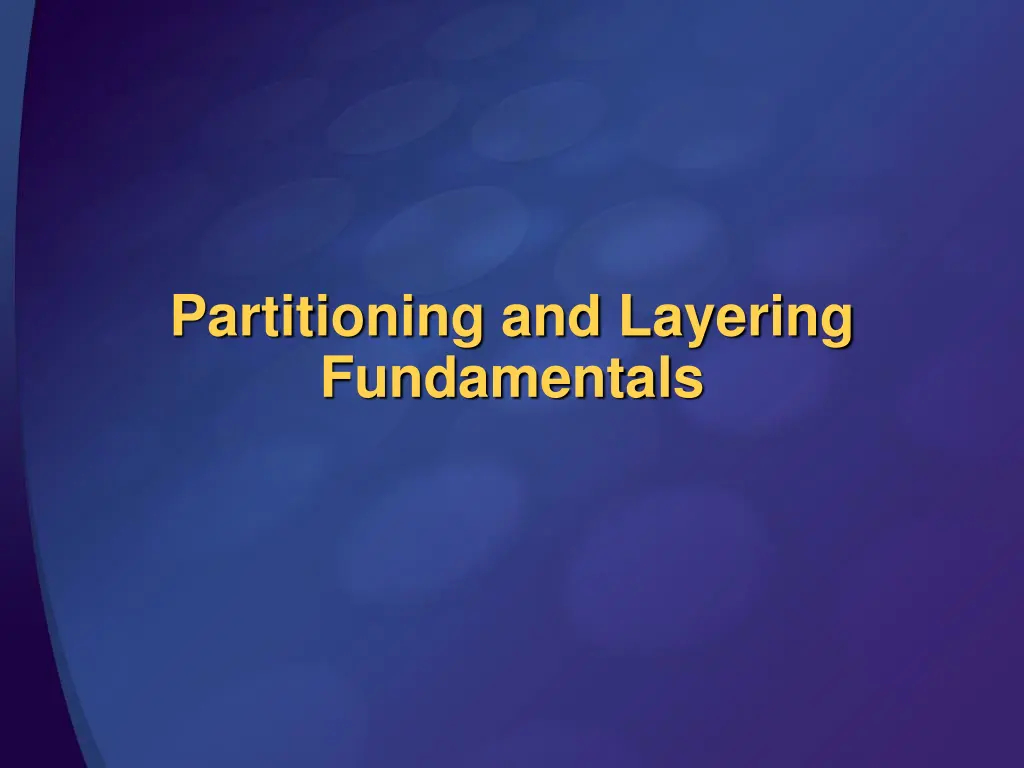
Understanding Software Layering and Object Composition
Learn the fundamentals of software layering, object composition, and reducing dependencies to adapt to change in software development. Explore the concepts of types, objects, behavior, and interfaces to write efficient applications.
Uploaded on | 0 Views
Download Presentation

Please find below an Image/Link to download the presentation.
The content on the website is provided AS IS for your information and personal use only. It may not be sold, licensed, or shared on other websites without obtaining consent from the author. If you encounter any issues during the download, it is possible that the publisher has removed the file from their server.
You are allowed to download the files provided on this website for personal or commercial use, subject to the condition that they are used lawfully. All files are the property of their respective owners.
The content on the website is provided AS IS for your information and personal use only. It may not be sold, licensed, or shared on other websites without obtaining consent from the author.
E N D
Presentation Transcript
Partitioning and Layering Fundamentals
The Basic Problem Change is a fact of life Requirements Technologies Bug Fixes Software Must Adapt
Solution: Software Layers Reduce software coupling Minimize the consequences of change Focused Unit Tests to verify change Example of Code Refactoring
Fundamental Concepts Difference between a type and an object Complex type Composition Interface
Type Complex Type class Employee { string name; void Pay() . } Data Behavior Simple Type
Object Employee emp = new Employee();
Object Composition class Auto { Engine engine; Wheel[4] wheels; } void Drive() { };
Object composition introduces dependencies class Engine { string manufacturer; int horsepower; class Wheel { string manufacturer; float tirePressure; } void Start(){ }; void Stop(){ }; void Turn(){ }; }
Write your applications so that the dependencies of one type on another are eliminated or minimized.
Make types dependent on type's behavior, not its implementation.
Unit tests verify that a type's behavior is correct.
Interfaces Interfaces describe behavior, not implementation interface IEngine { void Start(); void Stop(); } interface IWheel { void Turn(); }
Rewritten Engine, Wheel Classes class Engine : IEngine { string manufacturer; int horsepower; class Wheel : IWheel { string manufacturer float tirePressure; } } void Turn(); void Start () { } void Stop() { }
Interface Composition class Auto { IEngine engine; IWheel[4] wheels; } void Drive() { }
Interfaces Hide Implementation class Diesel: IEngine { string manufacturer; int horsepower; class WankelEngine : IEngine { string manufacturer; int rotationSpeed; } } void Start () { } void Stop() { } void Start () { } void Stop() { }
Coupling Preserve Essential Coupling Essential Semantics Remove Inessential Coupling Programming Artifacts
Electrical Analogy Wall socket interface removes the inessential coupling due to the physical shape of plugs and appliances An interface cannot remove the essential behavioral coupling of voltage and amperage of standard current
Complexity vs. Flexibility Interfaces add a level of indirection Put interfaces along application fault lines Hard to refactor out of a bad design
Interfaces vs. Inheritance Favor interface over object composition Interface Composition vs. Inheritance? class RacingCar : HighPerformanceCar : Auto Static Definition Need to Understand Base Class Behavior
"Inheritance Breaks Encapsulation" class HighPerformanceCar { virtual void Start() { TurnIgnition(); Press GasPedal(); } } class RacingCar : HighPerformanceCar { }
Interfaces Avoid Inheriting Implementation Restrict Inessential Coupling Make Interfaces Easy to Modify
Design Patterns Minimize Dependencies in Implementation Use Design Patterns Electrical Analogy Design to work with 110 or 220 volts? Use Transformer Pattern Flexibility even with Essential Coupling
Summary Reduce coupling and dependencies of complex types Use Interface Based Design Use Composition rather than Implementation Inheritance Write unit tests to validate behavior





